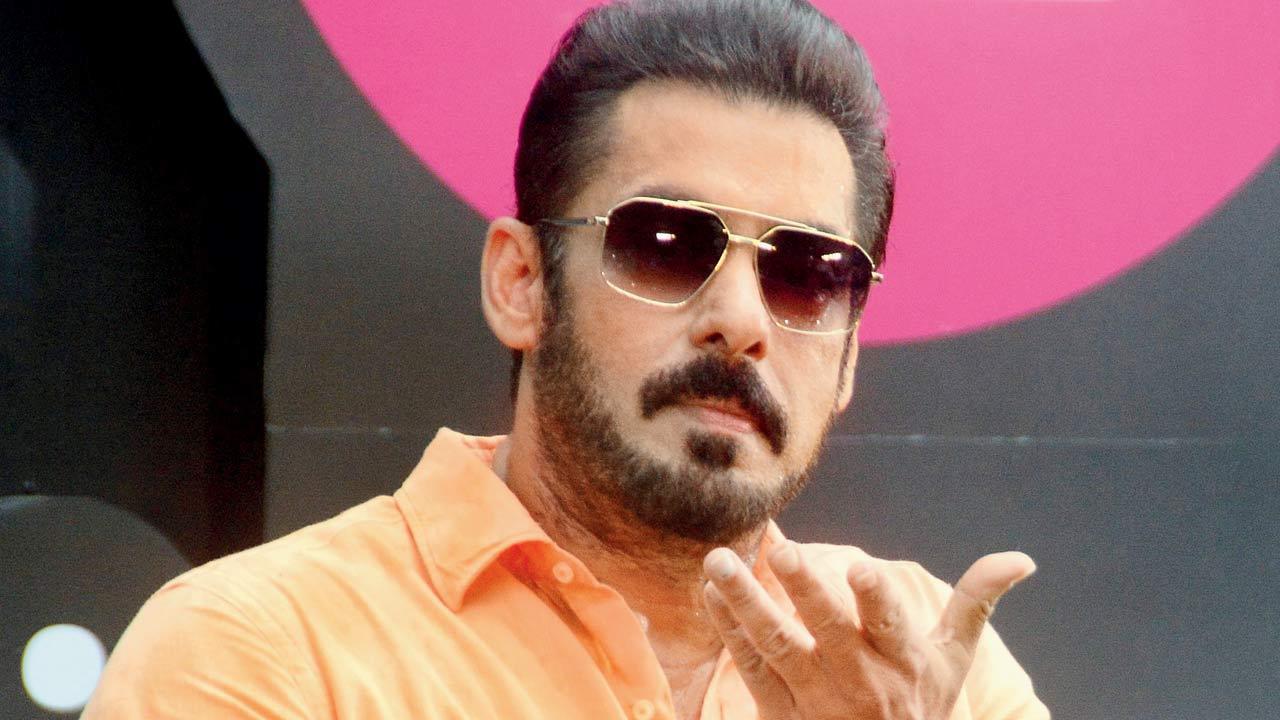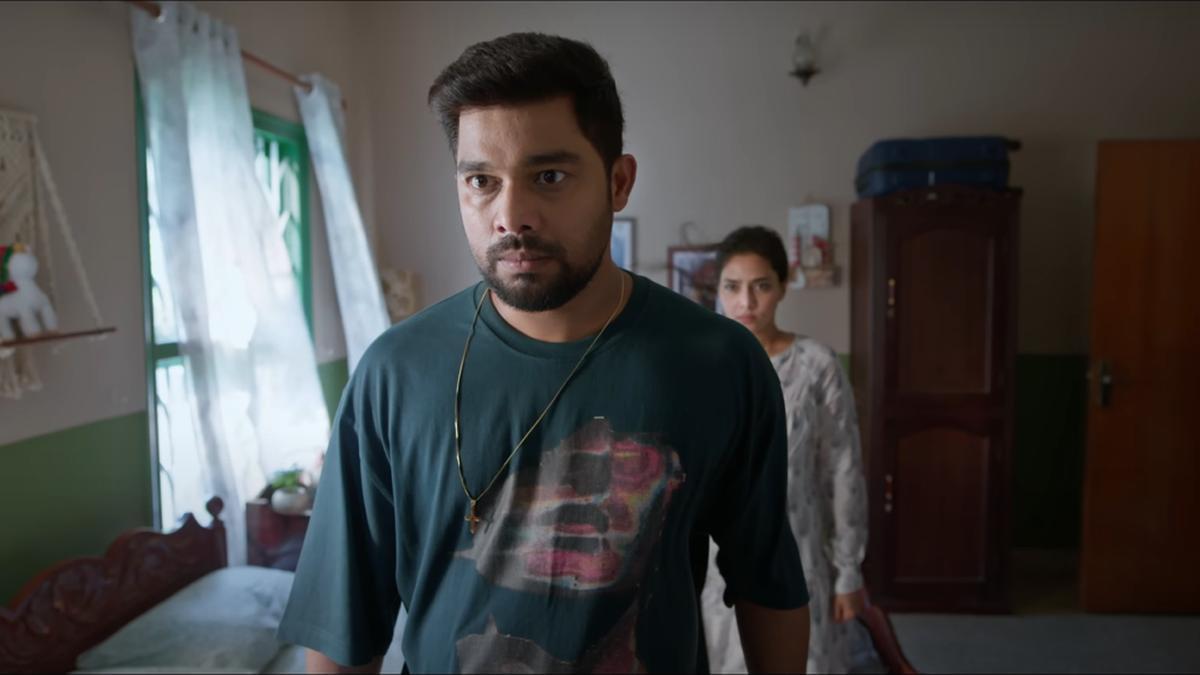
In an incident that highlighted the ongoing tensions between India and Pakistan as reflected in the world of cricket, former Indian off-spinner Harbhajan Singh delivered a characteristic straight drive to a suggestion from a Pakistani fan on social media. On the afternoon of March 15, in response to a collage posted by a fan featuring Pakistani players donned in IPL team jerseys, including cricketing notables such as Babar Azam, Shaheen Afridi, and Mohammad Rizwan, Harbhajan was quick to snap back with a tweet that encapsulated his no-nonsense approach, both remembered on the pitch and known off of it.
“No Indian hv such dreams.. you guys plz stop dreaming. Wake up now,” Harbhajan admonished the fan on Twitter, indicating the extent of the divide between the cricketing aspirations of the two rivalling nations. This exchange underscored an underlying issue; despite the fervent desire of fans from either side wanting to see Pakistani cricketers gracing the fields of the Indian Premier League, the reality remains starkly different due to reasons far transcending the sport itself.
The decision to exclude Pakistani players from the IPL is not rooted in cricketing parameters but has been shaped by the complex socio-political relations between India and Pakistan. Since the traumatic Mumbai Attacks of November 26, 2008, just months after the inaugural IPL season wrapped up, cricketers from Pakistan have found themselves on the outside looking in. The attacks, which led to a diplomatic upheaval and increased tension between the two neighbors, also put a halt to the bilateral cricket relations, casting a long shadow that persists to this day.
Despite hopes of thawed relations and renewed chances for Pakistani players in subsequent IPL editions, their participation has remained but a dream for many a cricket enthusiast. Bilateral cricket talks and series have reached an impasse since the countries last clashed in a One Day International series during 2012-13. Encounters since this period have been confined to multi-team tournaments such as the ICC Men’s Cricket World Cup or the Asia Cup. India and Pakistan drew swords on the cricket field thrice last year, both in the Asia Cup and once during the World Cup. The anticipation for their next skirmish is already building up, with the ICC Men’s T20 World Cup in New York slated to feature an India vs. Pakistan match on June 9.
While the hopes for collaboration and inclusive competition breathe within the fan base and perhaps even among some players, the decision-makers remain unmoved by the passionate appeal. The Indian Premier League, now heading into its seventeenth year, has burgeoned into one of the most prestigious-domestic T20 leagues around the globe. It boasts the participation of a vast array of international players hailing from various cricket-playing nations, enriching the tournament with a blend of international talent and cross-pollination of playing styles. Unfortunately, this global potpourri continues to miss the flavors of Pakistani cricket, much to the dismay of those valuing sport as a bridge between divided lands.
As Over the years, various reports and speculative articles have occasionally hinted at a potential softening stance towards allowing Pakistani players back into the IPL fold. Yet, the chilly diplomatic relations between India and Pakistan continue to prevent the materialization of such aspirations. The capricious nature of geopolitics, seemingly intertwined with the governing conventions of cricket boards, mandates that turn of events remain unpredictable. For now, impassioned pleas like the one met with Harbhajan Singh’s firm retort stand as a testament to the longing for a bygone era of cricket where sport transcended borders. But until diplomatic breakthroughs are made, players, and fans alike must contend with the realities of a world where some boundaries remain firmly in the realm of dreams.










